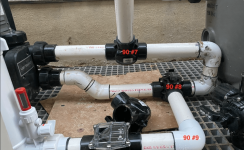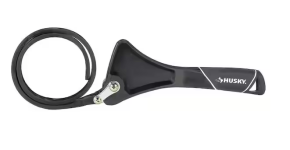Hi all,
The TFP website is the best resource for everything water chemistry, it helped me out around 17 years ago when my naive bromine routine started causing rashes, I then learnt how to run a chlorine tub which I kept running for 17 years with no issues all thanks to the guides and info here.
In a few weeks I'm getting a new Hotspring Relay tub with SWG, with a short learning curve I'm hoping to get the SWG to provide background sanitation with less maintenance input than was required before.
I've never used a proper water chemistry test kit as the Aquacheck strips appeared to serve their purpose adequately, however with SWG it's more critical to balance the water and keep it balanced and the strips probably won't cut it.
Now to the questions, the Taylor K-2006 is the gold standard, so what is the second best testing kit that would be available in the UK. The Taylor kit is available here only on Amazon UK for £125 (which I don't mind paying), ebay UK is consistently out of stock and the price on ebay if it comes from the US it extortionate due to delivery charges, there appears to be no other UK retailers that carry this kit. Also the replacement cost of reagents appears extortionate on ebay because of delivery from the US or the kit bottle sizing is not available, this does not bode well for the long term, so...
- How much longevity are homeowners getting from their Taylor reagents?
- Am I fussing too much and the reagents last longer than a year with careful handling and I should just buy it from Amazon UK and buy a new kit in 5 years when the first item runs out, which would make it economically viable in the UK?
- Has anyone in the UK had success ordering replacement Taylor reagents at reasonable cost and is in UK stock?
- Is anyone in the UK using another brand testing kit which is roughly equivalent to the K-2006 and has a supply of replacement reagents at reasonable cost and stock?
Thanks for the help TFP.

















